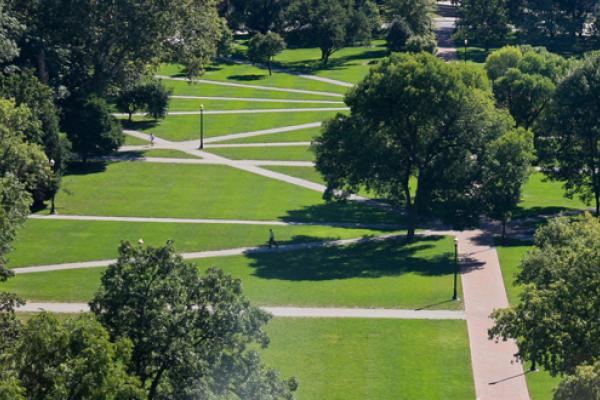
The cosmological model based on cold dark matter (CDM) and dark energy has been hugely successful in describing the observed evolution and large scale structure of our Universe. However, at small scales (in the smallest galaxies and at the centers of larger galaxies), a number of observations seem to conflict with the predictions CDM cosmology, leading to recent interest in alternative dark matter models. I will demonstrate a number of ways that baryonic physics can resolve the conflict between theory and observations, by significantly altering the structure and evolution of galaxies. Baryonic physics can create dark matter cores in galaxies, can form bulgeless disk galaxies, and alters the distribution and mass of satellite galaxies. I will also show that a proper consideration can reconcile theory with the observed velocity function of galaxies. Despite all of the successes of baryonic physics in reconciling CDM with observations, I will explain why alternative dark matter models are still viable and interesting.
